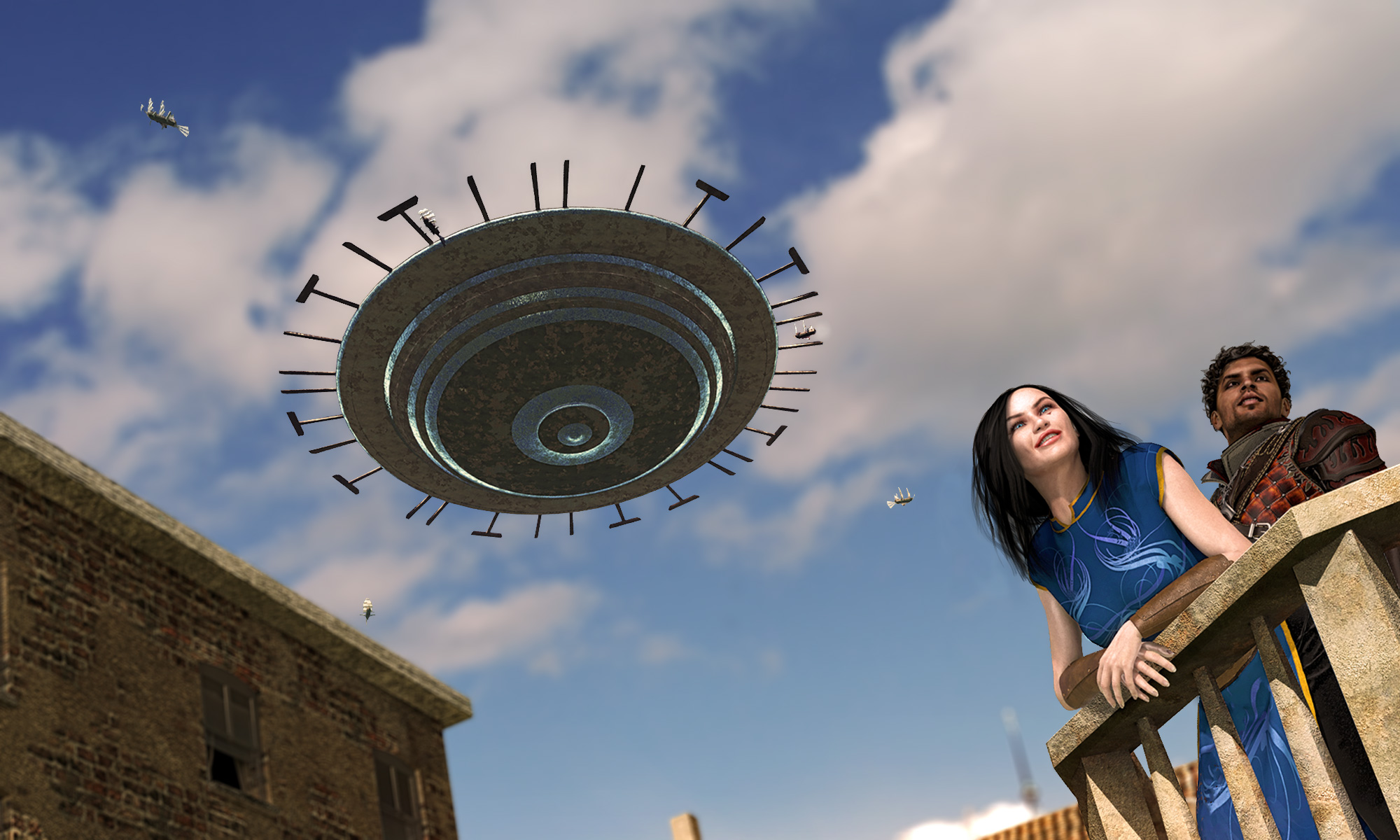
Going forward, my reading of Chivalry & Sorcery will be entirely with a mind for how I might adapt attractive features into Rolemaster. My exhaustive, three-part exploration of Chivalry & Sorcery Character Generation, I believe, well enough presents the basics of C&S’s system, so I pass with little comment over sections detailing its Core Mechanic, Vocations and Skills.
C&S, as we understand already, is a percentile system; tasks are resolved with a d100 roll. Attributes and Skills might contribute to the likelihood of succeeding at a test. Even though C&S utilizes a “Critical Die,” Skill resolution is more or less pass/fail (as in conventional RM). C&S Vocations essentially are RM Professions, and here the GM interested in running a game that simulates medieval history might do well to read carefully the Vocation descriptions and consider translating them or finding their analogues in RM. The C&S list of Skills is as prodigious and entertaining as anything found in RM. Movement contains, I suppose, slightly different calculations and estimates for types of travel over various terrains.
Now we get to C&S’s Social Class system. Social Class contributes to a character’s Influence Factor, which is calculated in this way: (INT + WIS + BV + APP) / 4 + Social Status. It’s easy to see how readily this might be translated into RM; instead of using the base values, as C&S does, RMers could average the bonuses for their characters’ RM Attribute analogues. Or they could total them altogether. I can see making some allowance for low-born characters who, because of their qualities, are “destined” for greatness. The C&S method for Exerting Influence is a bit of a process, but I can see an RMer comparing the two Influence Factors and using that as a modifier for the main actor on the Skill roll. C&S mechanizes the amount of any bribe being used, which would be easy in my Against the Darkmaster game that uses an abstract Wealth system. A single integer of Wealth would translate to +/-10 on the appropriate Skill roll.
Like the latest version of RM, C&S uses an Action Point system for resolving physical conflict. Unlike RM’s, however, C&S Action Points aren’t static. We already have seen how my character’s Action Points are derived from certain Attributes. Now, at the beginning of a Combat Round, I roll 1d10 and add this result to my PC’s Action Points total. This 1d10 roll might be modified if my character is wearing Armour. (Armour also burns Fatigue.) Then the conflict begins (or continues—the process is repetitive).
Actions are declared and resolved in the order of whoever currently has the highest number of Action Points, so the high number holder could—and most likely will—change after each action is declared and resolved. No more than 10 AP can be spent per Action Phase. Not to be confused with the Round, the Phase essentially is the declaration and resolution of a single Action, though a single Action could take multiple Phases (APs exceeding 10, with most likely a new character declaring an Action after this 10 AP Phase). APs can be held and carried over into the next Round.

With the exception of this last feature, it appears that C&S and current RM use differing mechanics to achieve similar results. Instead of adding a random number of AP to a character’s pool, as C&S does, RM uses an Initiative roll. Armour modifies the C&S AP roll; penalties modify RM Initiative. RM has a leaner action economy than C&S. Some C&S Actions take multiple Phases to resolve, some RM Actions take multiple Rounds.
There appear to be just two significant differences between the two systems: C&S allows PCs to hold over (and thus hoard?) Action Points into subsequent Rounds, and, in C&S, the AP cost of combat Actions might vary based on a character’s proficiency (or Personal Skill Factor) in that Action.

Without actually sitting down and playing this out, I’m having a difficult time imagining just how much of a “game changer” it would be to allow characters to carry over AP, from Round to Round, without penalty. A character might “sit the action out” for multiple Rounds, racking up AP, to finally explode, top of a Round, in a bewildering sequence of Actions. Would this strain credibility and realism, or does such a feature emulate the cinematic character who pauses and considers and then takes care of business with fluidity and economy? It’s important to note that, within C&S, Fatigue Points and Exhaustion are one more obstacle to C&S characters exploiting—if game imbalance is indeed possible—this freak of AP economy.
A final observation about C&S combat is that not all weapons, because of their varying sizes, equally are able to parry one another. The latest version of RM doesn’t appear to codify weapon sizes in this way but leaves such rulings to the purviews of individual GMs—definitely something I shall do in my home game if VsD doesn’t already have something in place (I shall have to investigate).


















